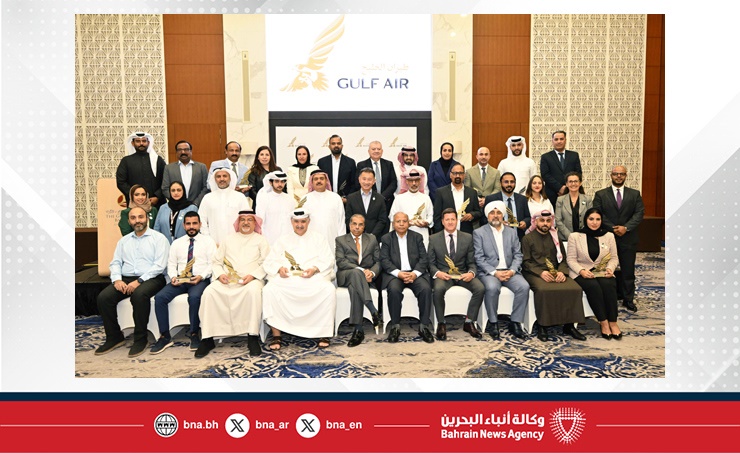AirAsia saw a sharp rise in its passenger traffic in the first quarter of 2017.
In the first three months of the year, the group’s five short-haul budget airlines carried a combined total of 15.23 million passengers, up 9% year-on-year. This exceeded a 5% increase in the group’s seat capacity, allowing AirAsia’s average load factor (or the number of seats filled per flight) to rise three percentage points to 89%.
At the end of the first quarter, the group’s total fleet size stood at 176 Airbus A320 and A320neo aircraft, with a further two A320s already having been delivered to AirAsia Japan. The airline’s Japanese subsidiary is expected to start operating this summer.
AirAsia’s Malaysian unit carried 6.85m passengers in Q1 2017, up 6% year-on-year, while Thai AirAsia jumped 11% to 4.85m. Indonesia AirAsia saw its traffic decline 4% to 1.53m passenger, while strong growth was experienced by Philippines AirAsia (+19% to 1.15m) and AirAsia India (+57% to 840,000).
Following the launch of AirAsia Japan this year, the group is also planning to launch a Vietnamese low-cost carrier in future.



 share
share






































